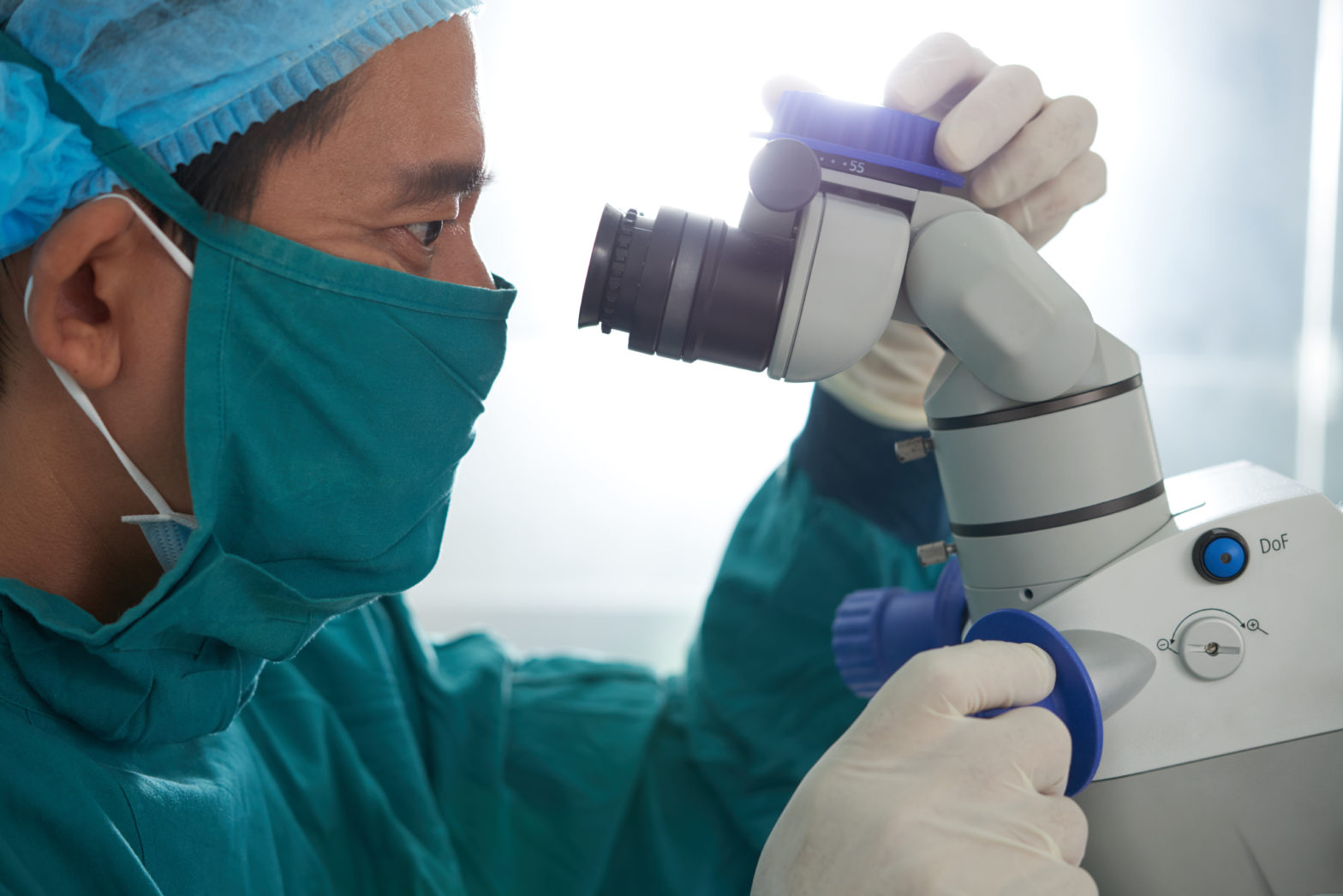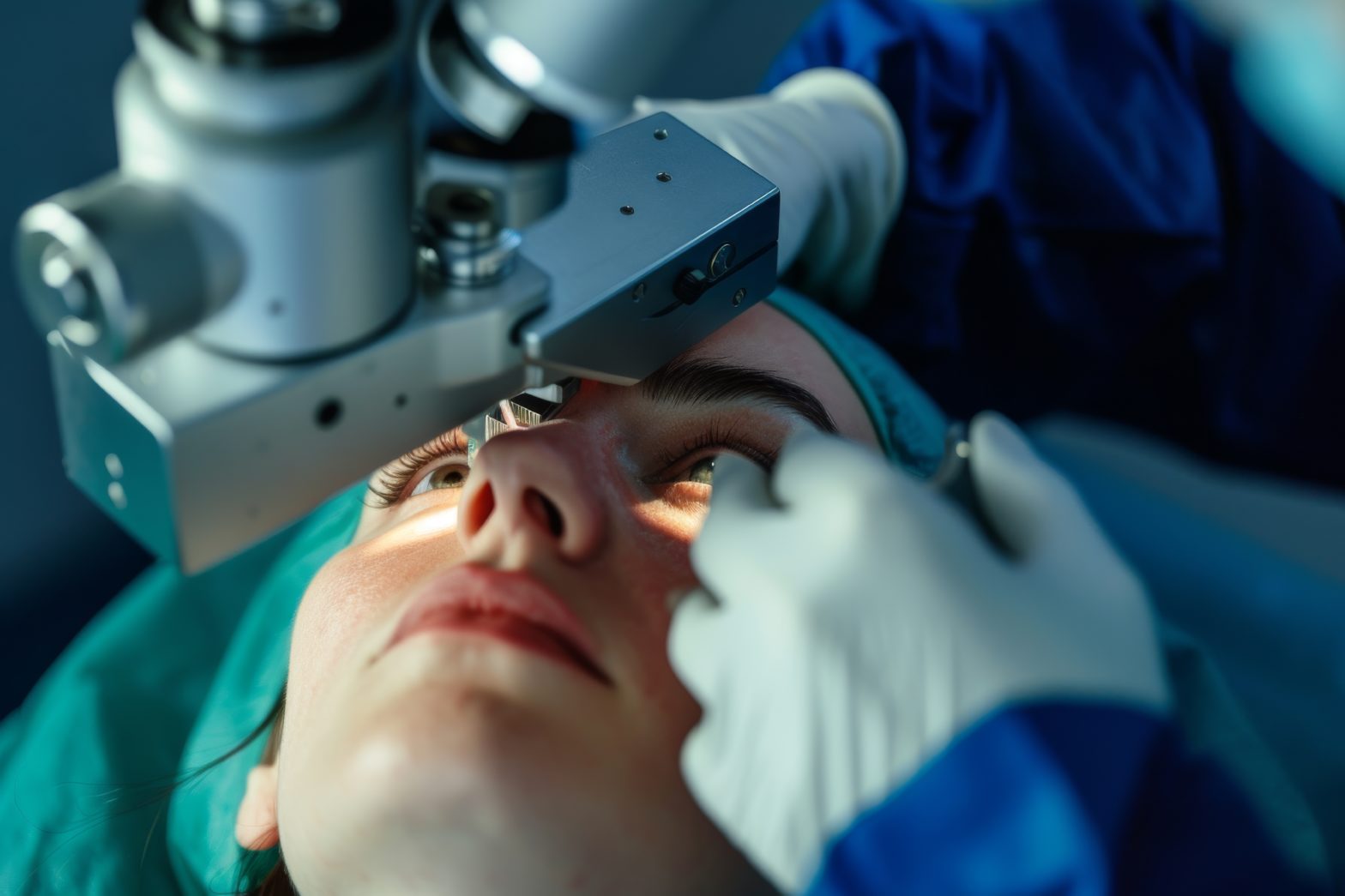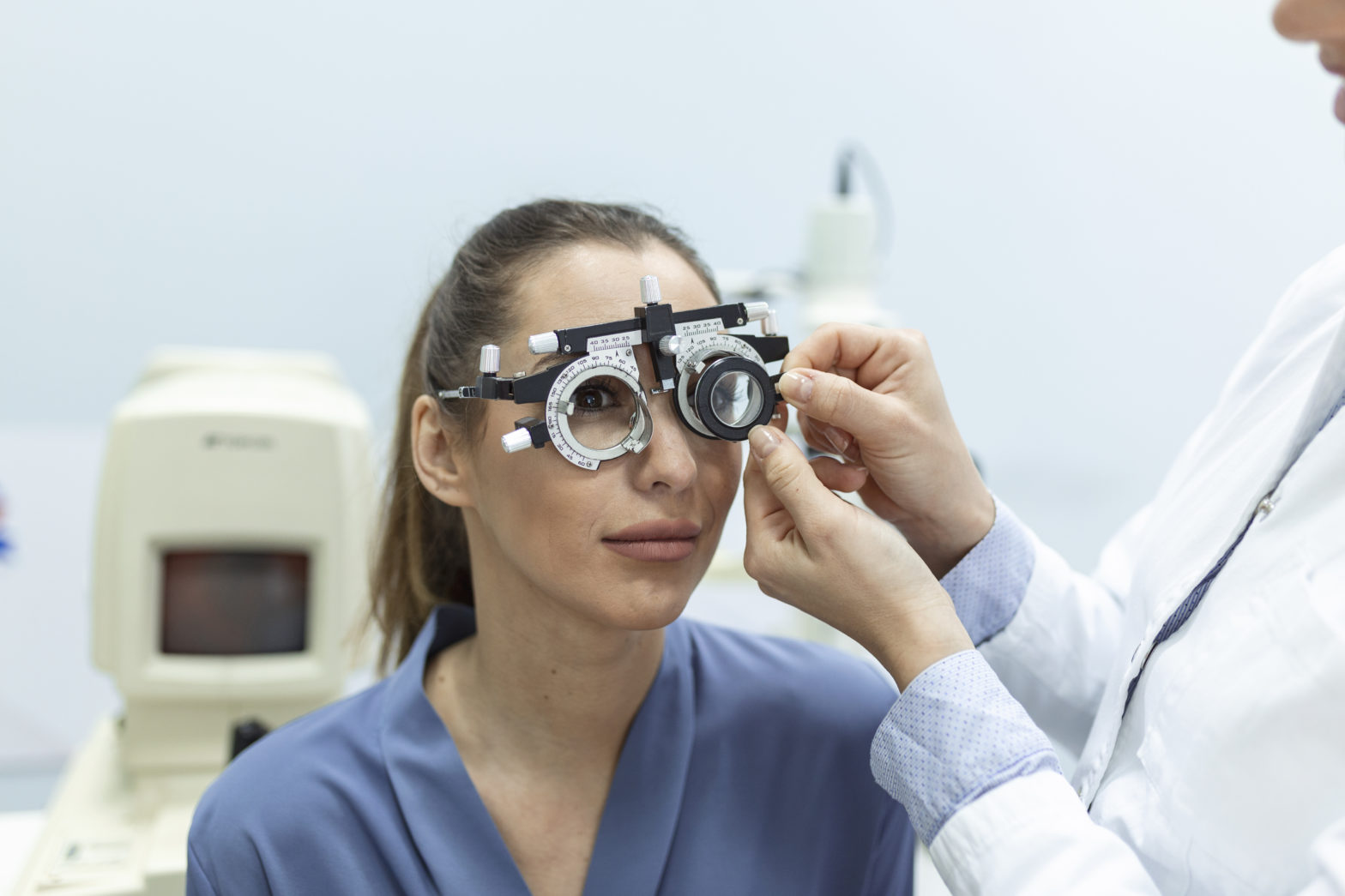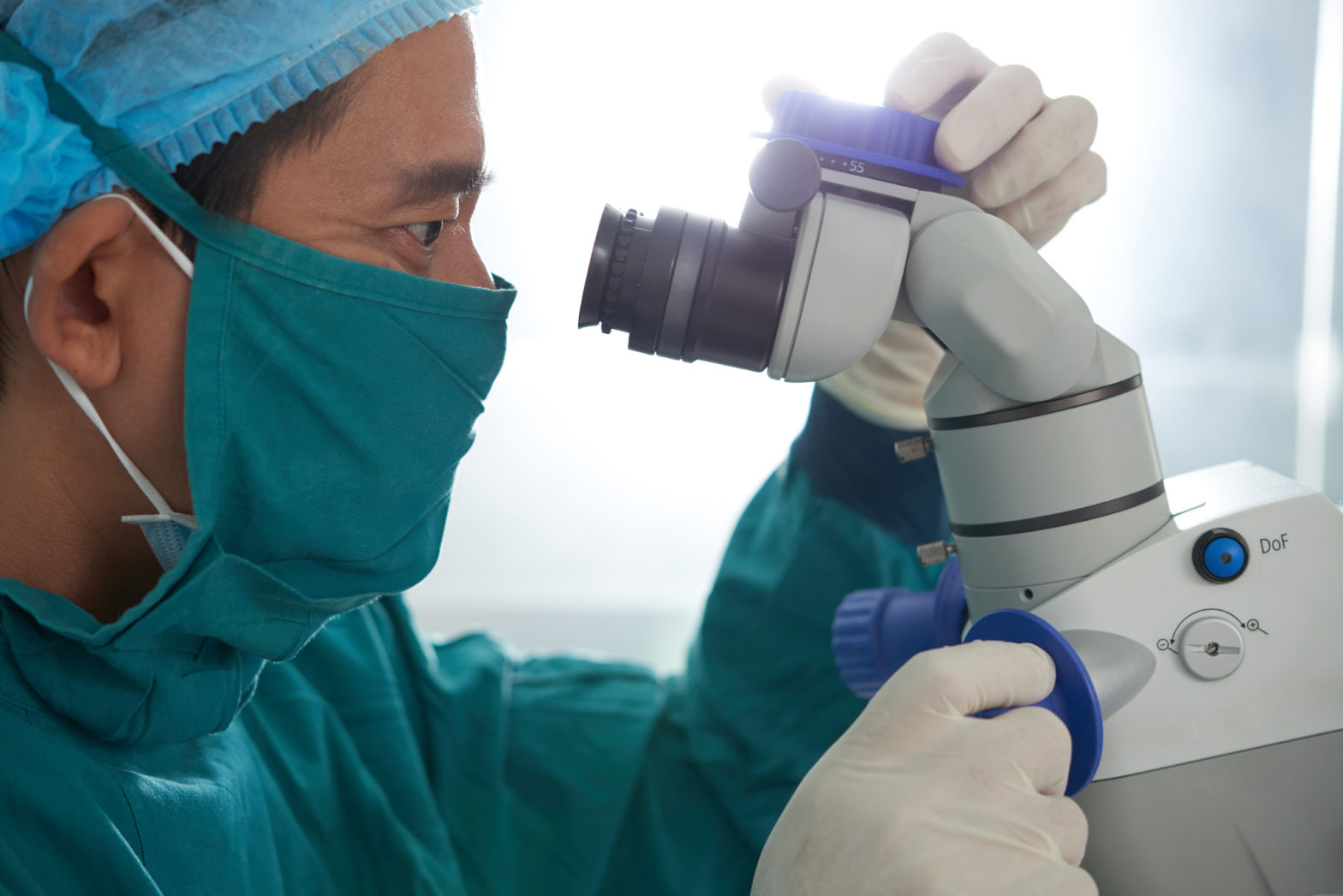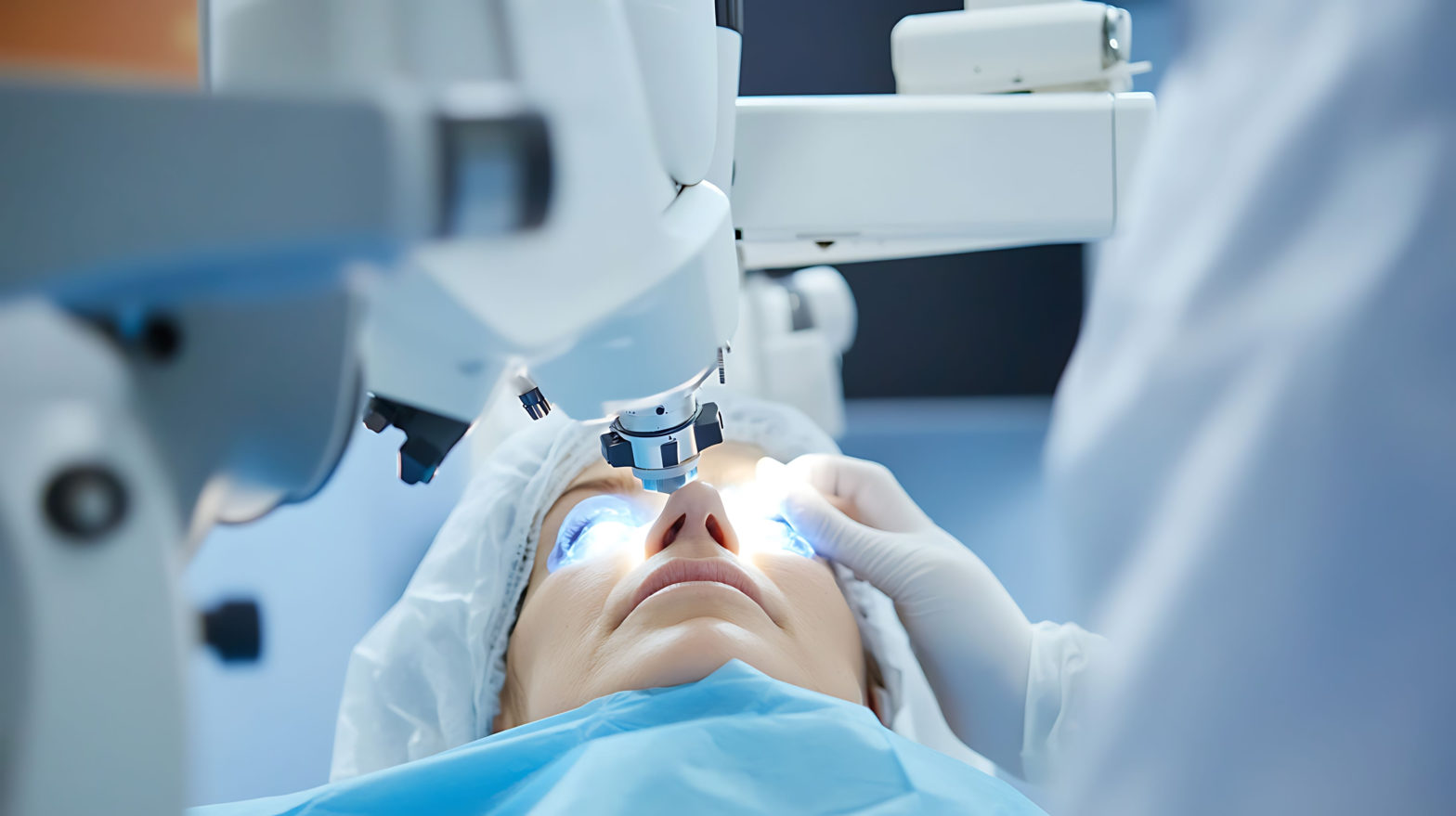Lasik Surgery has undergone a lot of innovations in the last decade. Newer laser vision correction procedures such as Bladeless Femto Lasik and Bladeless Flapless ReLEx Smile have really made the procedure safer and more precise. Overall Lasik surgery involves laser assisted change of corneal curvature. People who are considering Lasik surgery usually have a lot of questions and concerns about Lasik surgery. This blog is an attempt to provide with the checklist and information surrounding the Lasik surgery.
Before Lasik Surgery
Before the Lasik surgery itself several important steps ensure a smooth transition towards the other steps. Infact this is the most critical part of the entire Lasik surgery journey.
Pre-Lasik Evaluation
Pre-Lasik evaluation is the single most important part of the whole Lasik journey. It helps in determining the suitability of an individual for Lasik and helps in deciding the most suitable type of Lasik surgery based on the test reports. As part of Pre-Lasik evaluation a detailed history, comprehensive eye examination with vision, eye pressures, eye power, corneal evaluation, optic nerve and retina evaluation are done. A series of tests are performed such as corneal topography (colorful maps of cornea), corneal thickness, dry eyes tests, muscle balance testing, corneal diameter, pupil size etc.
Consultation and detailed discussion with Lasik Surgeon
During the consultation, the Lasik surgeon will discuss your suitability for Lasik. Based on the test reports most suitable type of Lasik surgery will also be determined. The risks, benefits, and alternatives of Lasik surgery will be discussed so that you can understand all your options. The surgeon will also discuss with you the general do’s and don’ts and what you should expect before, during, and after Lasik surgery. Your responsibilities before, during, and after surgery will also be mentioned. At this stage itself you should feel free to ask questions and clear all your doubts. Additionally you should feel free to take a few days to think over the information provided before jumping right into the decision to undergo Lasik surgery.
Contact lenses
All those who wear contact lenses should stop wearing the contact lenses a few days prior to the procedure. With soft lenses a week to 10 days is good but for semi-soft RGP contact lenses a longer period of 2-3 weeks is preferable. Contact lenses may alter the actual shape of the cornea and this should be normalized prior to the testing and the actual surgery itself.
Stopping eye cosmetics
If you have finally decided to go ahead with the Lasik surgery then it is better to stop the usage of all kinds of eye cosmetics and creams around the eye for 3-4 days prior to the Lasik surgery. The remnants of these products on eye lashes and lid margins can increase the risk of infection and greater surface inflammation after the procedure.
On the day of Surgery
As you prepare for Lasik surgery, it is better to finish any urgent work prior to arriving for the surgery and get into a relaxed state of mind. It is imperative to arrange transportation on the day of Lasik surgery. Patients are not allowed to drive themselves on the day of the Lasik surgery.
- All traces of eye and face make-up should be removed prior to coming to the centre for Lasik surgery.
- Patients have to refrain from wearing perfume, cologne, or after-shave, as it can interfere with the laser performance.
- It is better to eat light meal prior to arriving for Lasik surgery.
- It is very important to wear comfortable clothes something which you can keep wearing after the procedure and through the night.
- You will be asked to read and sign an informed consent form. Without the signed form the doctor will not go ahead with your Lasik surgery. At this stage also if you have any doubts make sure they get cleared prior to the surgery itself.
During Surgery
Numbing drops
As a first step numbing drops are put into the eye to ensure comfort and to get patients support in following the instructions during the procedure. Lasik surgery does not require any injections or general anesthesia during the procedure. It is a quick 15-20 minutes procedure and can be performed after putting the numbing drops itself.
Eye cleaning
The area around the eye is cleaned with betadine to reduce any risk of infection. After the cleaning you are not allowed to touch your hands to the face.
Procedure
Once you are prepared for your surgery, you will be taken to the laser suite and made to lie down for the LASIK procedure. Your surgeon will use the information from your extensive pre-operative testing to program your individualized treatment into the laser.
If you have chosen to undergo conventional Lasik then microkeratome ( a motorized blade) will be used to first create a flap on the cornea. During the flap creation you will feel slight pressure on your eye and vision may dim for a few seconds. The flap is reflected on the side and excimer laser is positioned over the eye and started. At this point in the surgery, you may become aware of new sounds and smells. The pulse of the excimer laser makes a ticking sound. As the laser removes corneal tissue, you may experience a smell similar to burning flesh. Sophisticated computer will monitor and track your eye during your LASIK procedure to most accurately direct the laser. Flap is then put back in the position and eye is protected with either an eye shield or protective glasses. It is important for you to wear this shield to prevent you from rubbing your eye and putting pressure on your eye while you sleep for at least a week.
If you have chosen to undergo Femto Lasik- In Femto Lasik flap creation is done with the help of another laser called Femtosecond laser. No blade is used and after the laser assisted flap creation the patient bed moves under the excimer laser machine and the same process is undertaken.
If you have chosen to undergo ReLEx Smile Lasik-The entire procedure is completed in a few minutes on a platform called Visumax. Here the laser assists in the removal of a small tissue lenticule from a tiny keyhole created by laser on the cornea. This process modulates change of corneal curvature in a precise and safe manner without the creation of any flap.
After Surgery
After the surgery you may experience some discomfort, tearing and occasionally burning and itching. Your vision will probably be hazy or blurry. These symptoms should improve considerably within the first few days post Lasik surgery.
Regular follow-ups– you will be asked to follow-up for a review a day after Lasik surgery and then at regular intervals for the first few months.
Do’s and Don’ts
- Avoid any form of dirty water or dust from entering the eye for the first 3 weeks
- Shower carefully to ensure no tap water or soap enters into the eye.
- Hair spray and shaving lotion should not enter the eye, hence these products need to be used carefully for the first 3 weeks
- Swimming in pools or lakes or sea or use of sauna and Jacuzzi should be avoided for 4 weeks after surgery
- Avoid hair colouring or perming for at least 2 weeks after surgery
- Avoid exercise for two days after Lasik surgery and it is necessary to avoid sweat getting into the eyes for 3 weeks.
- Avoid dirty/dusty environments for 2-3 weeks and use sunglasses outside the home or office for the first 3-4 weeks
Avoid eye makeup (especially the old eye make-up) for 3 weeks. For at least 7 days hard work, gardening, grass cutting, working in your yard, dusting should be avoided
- Avoiding activities which can cause flap related problems
- Avoid rubbing your eyes for 2-3 weeks after Lasik surgery
- Wear eye protection for at least the first month once exercise and sports activities are resumed after Lasik surgery
Vision stabilization– Complete vision stabilization may take 3-6 month. It is better to be patient for this period till the complete recovery post Lasik Surgery. Intermittent blurriness and night vision disturbances are common in the initial 3-6 months.
Thanks to LASIK, millions of people throughout the world are free from glasses. Since the early days, several decades ago, results of Lasik surgery have continued to improve, there have been newer type of Lasik Surgery due to new advanced technology and surgeon skills have improved. All this should offer some reassurance to all those who are considering Lasik surgery but still unsure about what to expect.
